2016 Honda HR-V Review

You know, Honda’s been around for quite some time and it isn’t every day that they move into a new part of the market. But that’s exactly what’s happening this year with the new 2016 Honda HR-V.
By now you might have heard of the HR-V, but let me make things simple. It’s a new crossover from Honda that sits below the CR-V.
It actually uses the same platform as the Fit, but it comes with the same engine as the Civic and subsequently, it comes with more of pretty much everything than Honda’s city sized hatchback.
It has more power, more cargo space, more ground clearance, more weight. See? More everything, which is a philosophy we’re fond of in America.
FAST FACTS
| Engine: | 1.8L four-cylinder with 141 hp, 127 lb-ft of torque |
| Transmission: | six-speed manual or CVT |
| Fuel economy: | 28 MPG city, 35 MPG highway, 31 MPG average (AWD with CVT) |
| Price: | $19,995 to $26,720 including delivery |
An Engine Used to Doing its Civic Duty
Except the fact that it has “more power” than a Fit doesn’t mean that it feels powerful under acceleration. The 141-hp 1.8-liter four-cylinder engine is the same one you would find in the base Civic, but with a curb weight of roughly 3,000 lbs, it teeters right on the brink without seeming underpowered. Right foot buried, the HR-V doesn’t exactly struggle to carry two adults up to speed, but it won’t do it in a hurry either.
There are both front- and all-wheel drive models available, although the latter necessitates a continuously variable transmission. If you can do without power to all four wheels, there is also a six-speed manual transmission on the table.
Most people will probably buy one with a CVT and, frankly, it’s the right one to take. The manual gearbox is smooth, but it isn’t as effective at massaging the most potential acceleration out of the powertrain as the CVT is.
The experience of shifting manually is only incrementally more entertaining in the Honda HR-V because the clutch engagement point is vague and there isn’t really enough torque (127 lb-ft at best) to rock back and forth by teasing the engagement point. That means dodging across traffic, climbing hills and trying to accelerate quickly can be a lot of work. It’s just simpler with the CVT and when you’re navigating busy traffic with a low horsepower vehicle, that’s an advantage.
The CR-V is the next of kin in Honda’s crossover hierarchy. By comparison, it feels reasonably powerful out of the gate. It’s nothing overwhelming, but it can still scoot. So why bother with a smaller and less powerful vehicle?
Pricing:
Well, the CR-Vs range from $24,325 including delivery to $33,775 and that might be more than you want to spend on your first new vehicle. Alternatively, the Honda HR-V might make a nice step down if you need to carry larger items from time to time, but otherwise have little need for a larger crossover. It starts at $19,995 including delivery and runs up to $26,720 for the EX-L with Navigation model, which means it’s only a squirt more expensive to start than a Civc.
Consequently, we developed an addiction over the past several decades to utility vehicles. But the Tahoes and Explorers we grew up riding around in aren’t practical for the Gen Y demographic as we crowd into cities and settle into new careers. Even the Honda C-RV, Toyota RAV4 and Ford Escape might be overkill at this stage.
In more mature segments, manufacturers have decades of market research and sales data that paints a vivid picture of what their customers want. That isn’t the case with sub-compact crossovers.
The Other Guys
Nissan’s Juke strays away from practicality, but offers a relatively powerful 1.6-liter turbocharged engine and by extension, a thoroughly engaging product to drive.
Chevrolet’s Trax is practical for city driving, but its interior feels cheap and it isn’t any fun to drive. The Jeep Renegade is available as a bona fide off-roader that out to do its badge proud, even if it is built in Turin, Italy.
Point being, sub-compact crossovers are beginning to look more like a stamp of brand identity, almost like how you might choose one neck tie, but your best friend would go for another. The Jeep is – for lack of a better term – Jeepy. And so the same applies to the Honda HR-V.
It’s practical, relatively conservative and packaged to hit average people right in the sweet spot all of that without a thrilling powertrain.
Instead, it offers some of the most pragmatic pieces of automotive engineering in the industry.
If You Believe in Magic…
Regardless of which trim you take, the HR-V comes with the same innovative “Magic Seats” that the Fit gets. Basically, the second row seat cushions can flip up to accommodate taller cargo while the seatbacks can fold flat to create a large load floor.
With the seats folded up, you have 24.3 cubic feet of carrying capacity, or 30 percent more than the Chevrolet Trax. Perhaps best of all, the second row is still large enough to fit adult passengers. There is enough space to fit a six-foot passenger behind a six-foot driver in relative comfort.
Once you start folding seats, that grows to a segment-busting 58.8 cubic feet that I can’t imagine many of the HR-V’s competitors topping. The Kia soul is a larger, but arguably comparable vehicle and it does offer a maximum 61.3 cubic feet of cargo volume, but it also belongs to the next largest segment.
Watch It!
If you pay for the mid-level EX trim, Honda throws in its LaneWatch camera. It offers a wide-angle view from the right hand side that activates at the touch of a button, or when you signal a right hand turn.
If you live in an area where cyclists are common, it makes spotting them before a right-hand turn much easier. Oh and it doesn’t matter anymore if your front seat passenger is blocking your view of the right side mirror anymore.
At that trim level you also get heated front seats, a touch screen and Honda’s display Audio system, which gives you the option to have navigation powered by your smartphone without paying for the top-tier EX-L with navigation trim package.
But if you do step up to that package, the HR-V comes with leather seats, built-in navigation and roof rails along with everything else.
Finally, it’s probably worth pointing out that the Fit was one of a tiny group in its category that passed the IIHS small overlap crash test. Given the fact that the HR-V uses the same platform, it’s probably safe to assume it will return similarly favorable results.
The Verdict: 2016 Honda HR-V Review
The HR-V is basically the automotive equivalent to buying term life insurance in your 20s. It’s not the most stylish thing to do with your money, but the premiums are relatively cheap and it’s a sensible choice that’s likely to be beneficial in the long run.
If you’re in the market for an affordable crossover do yourself a favor and put the HR-V in the must-drive column.
Discuss this review at our Honda HR-V forum
LOVE IT
- Unparalleled cargo versatility
- Affordability
- Fuel economy
- LaneWatch camera
LEAVE IT
- Middling power & driving engagement

Luke is an energetic automotive journalist who spends his time covering industry news and crawling the internet for the latest breaking story. When he isn't in the office, Luke can be found obsessively browsing used car listings, drinking scotch at his favorite bar and dreaming of what to drive next, though the list grows a lot faster than his bank account. He's always on <A title="@lukevandezande on Twitter" href="http://twitter.com/lukevandezande">Twitter</A> looking for a good car conversation. Find Luke on <A title="@lukevandezande on Twitter" href="http://twitter.com/lukevandezande">Twitter</A> and <A title="Luke on Google+" href="http://plus.google.com/112531385961538774338?rel=author">Google+</A>.
More by Luke Vandezande



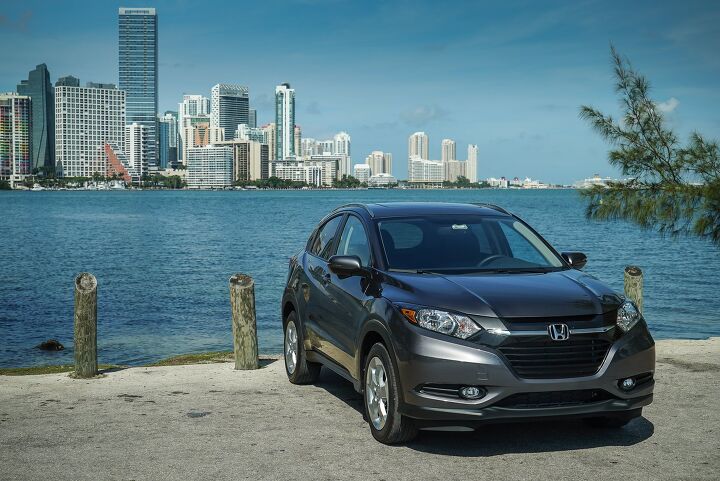
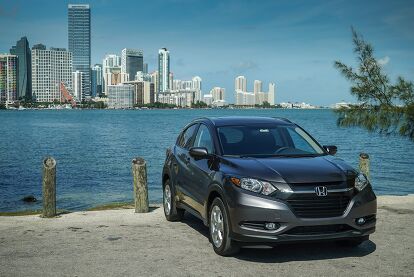





































































































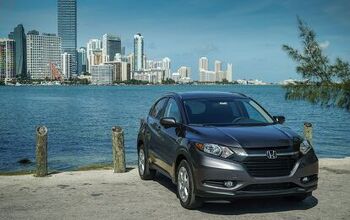

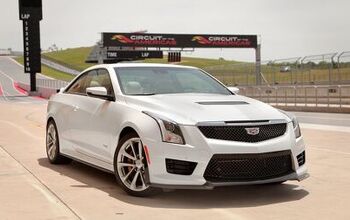

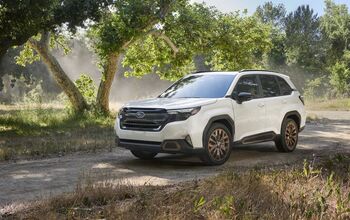




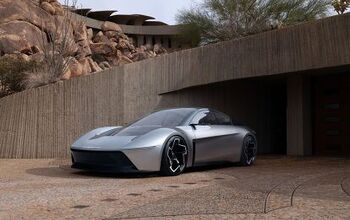

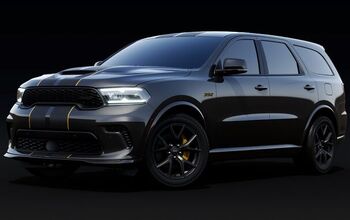

Comments
Join the conversation
pete